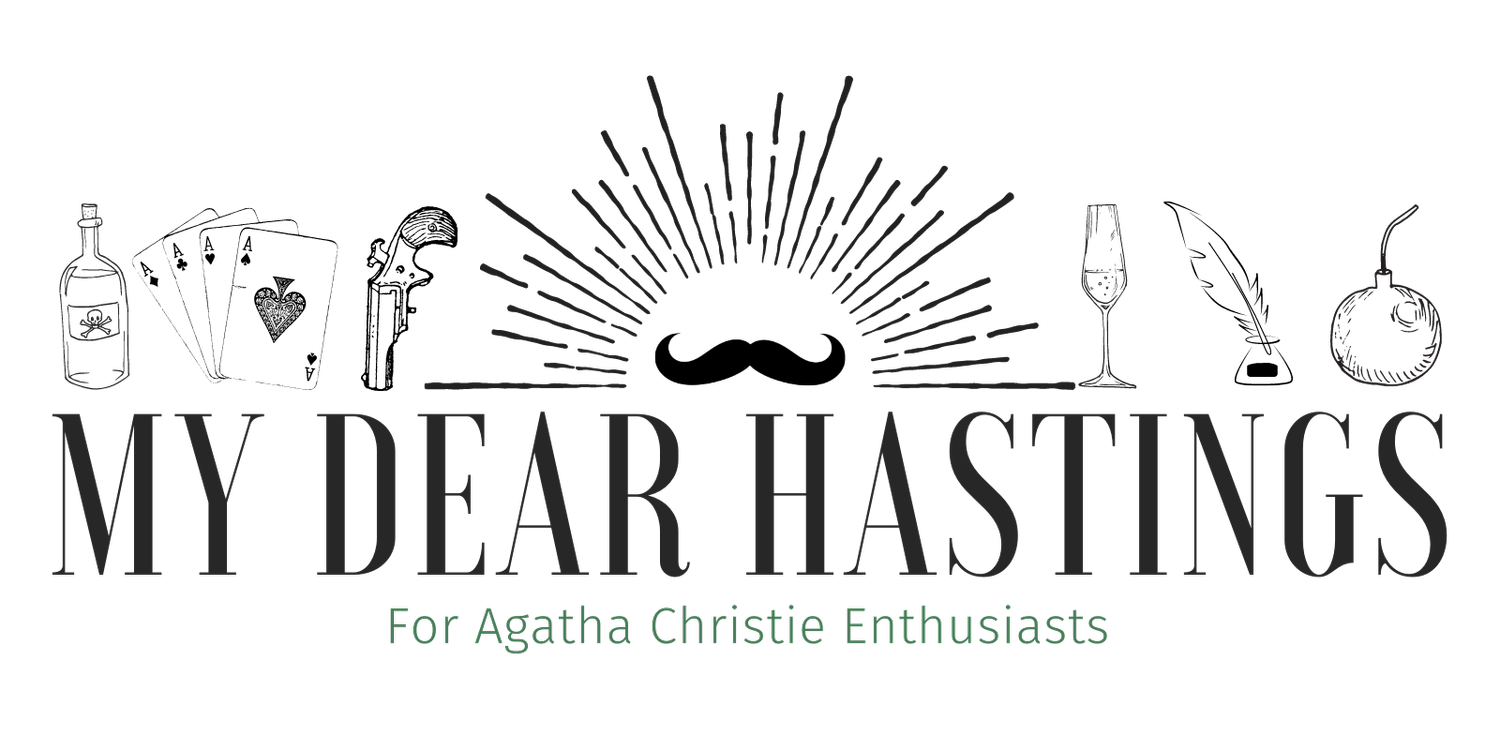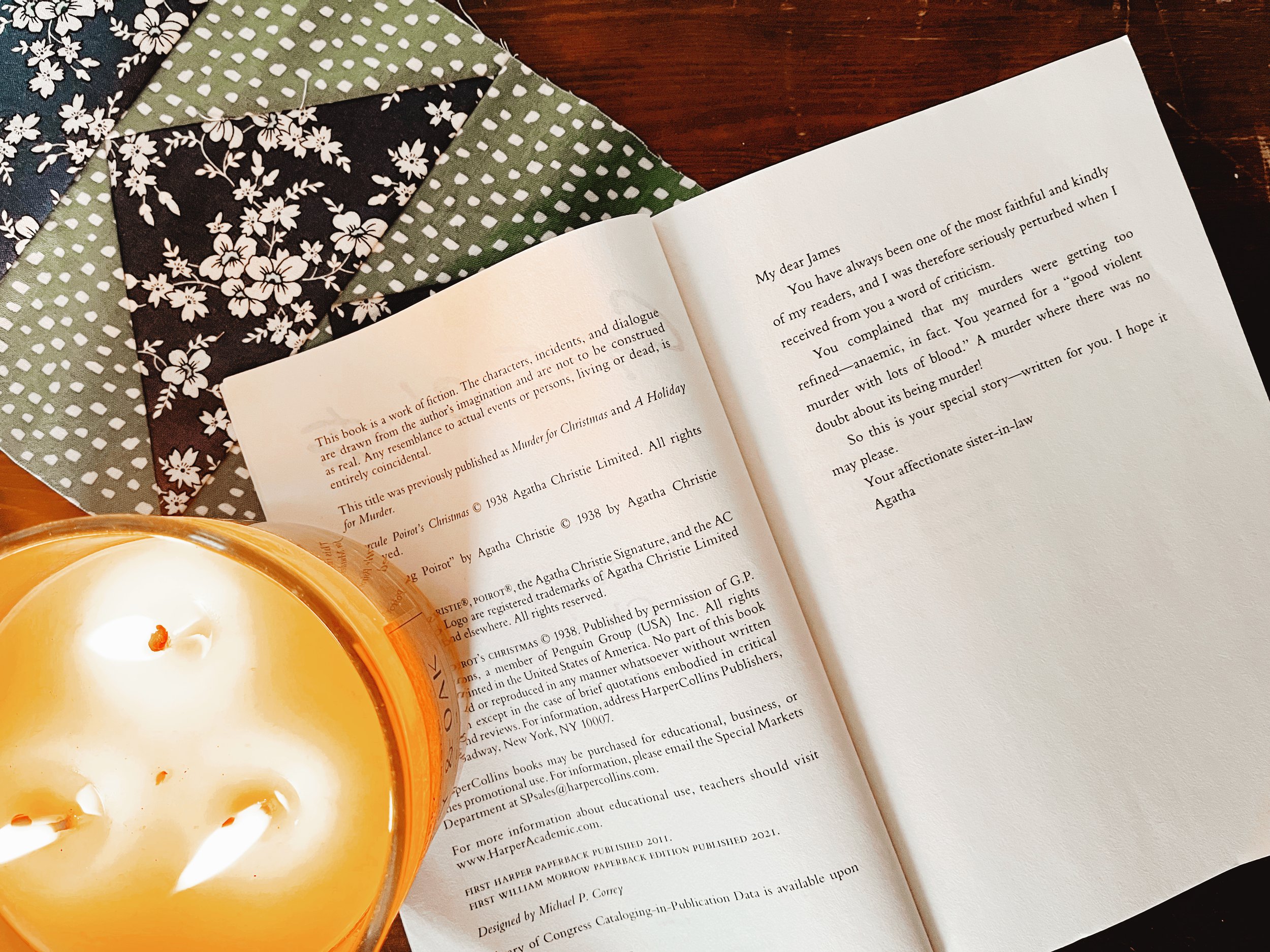The Detection Club — A Dream Team of Mystery Writers
I was recently asked which three fictional people I’d like to have dinner with. I didn’t even have to think about it before answering Hercule Poirot, Miss Marple, and Jessica Fletcher. Wouldn’t it be fun to sit in a room of fictional detectives and wine and dine and chat about mysteries and books every so often? Sounds like my kind of club!
In 1930, Agatha Christie’s contemporary, Anthony Berkeley began just such a society. The Detection Club, made up exclusively of crime writers, began to meet for dinner parties to discuss the industry, their stories, their ideas, and their lives. With 26 founding members, many famous names we still recognize today, The Detection Club was a smashing success, had an organized leadership hierarchy, plus (mildly humorous) rituals for joining, they collaborated on a few books together, and the club still survives to this day! Let’s get to know The Detection Club!
This post may contain affiliate links, which means that while I am not paid to promote certain items, I will earn a small commission should you purchase items through these links. For more info, see my disclosure policy.
The Detection Club and its Members
G.K. Chesterton at work
Anthony Berkeley, having found success as a writer in the late 1920’s, had the largest hand in setting up The Detection Club. No author would argue that writing for a living is a very social lifestyle, and for Berkeley, the lonely nature of the craft was wearing. To find community with other authors, he began hosting dinner parties for other British mystery writers of the day, in order to fellowship with like minded people who understood the specific nature of their chosen career, its challenges and hardships, and to discuss plot points and story ideas with one another. These dinners morphed into The Detection Club in 1930.
The Detection Club ultimately consisted of 26 founding members, a few of the most recognizable being Agatha Christie, Dorothy L. Sayers, and G.K. Chesterton, the club’s first president and notable author of the Father Brown series, among other non-detective works (my favorite is The Club of Queer Trades!) It’s intriguing to think of our favorite authors having known one another and being friends in this way! The British authors of the era weave quite a web of friendship, in fact. For example, Dorothy L. Sayers was very close friends with C.S. Lewis and was an honorary (and only female) member of Lewis’ own writers club, The Inkwells, of which J.R.R. Tolkein and Owen Barfield were also members, to name a few. (To read more about Lewis and Sayers’ friendship, I highly recommend the book, Dorothy and Jack).
Among the Detection Club’s members sat 4 Noted Queens of Crime. Two, Christie and Sayers, I’ve already mentioned, but Ngaio March and Marjory Allingham are two more well known female writers of British crime fiction. After Dorothy L. Sayers’ death, Agatha Christie followed her as president of the club, but because she did not enjoy public speaking, she compromised by sharing the speeches and toasts part of the job with another member. She held the position until her death in 1976.
According to the current president of The Detection Club, Martin Edwards, in an interview for the Shedunnit podcast, not just any crime fiction writer was allowed into this exclusive club. Martin says, “the idea was that members would be people who wrote detective fiction of high calibre. They would have produced at least two such books, and they would be elected by secret ballot by the existing members. So it was a self-selecting elite, if you like. Thriller writers were not allowed in and the theory was that the standards of detective fiction were to be elevated.” (I find it so interesting that thriller writers were not allowed in because I too put thrillers in a separate genre entirely.)
The Rules
When invited into The Detection Club, one had to walk along a candle lit passage, place their hand upon Eric the Skull (later necessarily renamed Erica as forensic knowledge advanced, and agree to the rules, read by a velvet cloaked Chesterton. These 10 rules for writing true detective fiction were to be taken seriously:
The criminal must be someone mentioned in the early part of the story, but must not be anyone whose thoughts the reader has been allowed to follow.
All supernatural or preternatural agencies are ruled out as a matter of course.
Not more than one secret room or passage is allowable.
No hitherto undiscovered poisons may be used, nor any appliance which will need a long scientific explanation at the end.
No chinamen must figure in the story. (Interestingly, “Oriental” characters were stereotyped in this time period to have mystical knowledge and assassination skills. So it would be similar to letting the crime be solved by magic).
No accident must ever help the detective, nor must he ever have an unaccountable intuition which proves to be right.
The detective himself must not himself commit the crime.
The detective must not light on any clues which are not instantly produced for the inspection of the reader.
The stupid friend of the detective, the Watson, must not conceal any thoughts which pass through his mind; his intelligence must be slightly, but very slightly, below that of the average reader.
Twin brothers, and doubles generally, must not appear unless we have been duly prepared for them.
Members then had to recite the following oath:
“Do you promise that your detectives shall well and truly detect the crimes presented to them using those wits which it may please you to bestow upon them and not placing reliance on nor making use of Divine Revelation, Feminine Intuition, Mumbo Jumbo, Jiggery-Pokery, Coincidence, or Act of God?”
To modern readers, these rules seem quite restrictive and indeed, Agatha Christie herself was almost booted from the club when her fellow writers argued that The Murder of Roger Ackroyd did not follow the rules! Much of the public thought the solution shockingly unfair to the readers, but other members argued her case (because really, the clues are all there). Since I can spot a few other rules that Christie’s future novels broke, I wonder if she occasionally toed the line on purpose — just to be cheeky.
From Club to Collaborators
It didn’t take long for word to get out about this club, due to the fame and popularity of its members. Six members, Agatha Christie included, were soon contracted by the BBC to collaborate on a radio series in which each participating author contributed an installment of a mystery, which the audience could then try to solve. The public thought it great fun, though no one solved it correctly! After one more BBC radio serial in the same vein, Dorothy Sayers took the collaboration a different, more lucrative direction and suggested they collaborate on their own books instead.
You can still purchase these works! The Floating Admiral, Ask a Policeman, and Six Against the Yard have been reprinted in recent years (with such fun covers). These collaborative works helped the club pay for its rooms in their coveted Soho location, where they could enjoy libations on the town, then retreat to their own space to continue their mysterious discussions.
The Detection Club Today
Today, The Detection Club is still going strong, with Martin Edwards as its president since 2005. Edwards has written a book about the early era of The Detection Club entitled The Golden Age of Murder, among his many award winning crime novels. The rules for detective fiction have relaxed over the years, but a high regard for the genre is still in place, we can be sure!
You can also visit the archives of the Detection Club in the U.S., at the Marion E. Wade Center in Illinois, a part of Wheaton College.
P.S. I do not enable comments on individual articles, but I do encourage Letters to the Editor! Please know that your thoughts may be included an article featuring these letters at some point down the road, though your email address will be kept confidential, of course.





